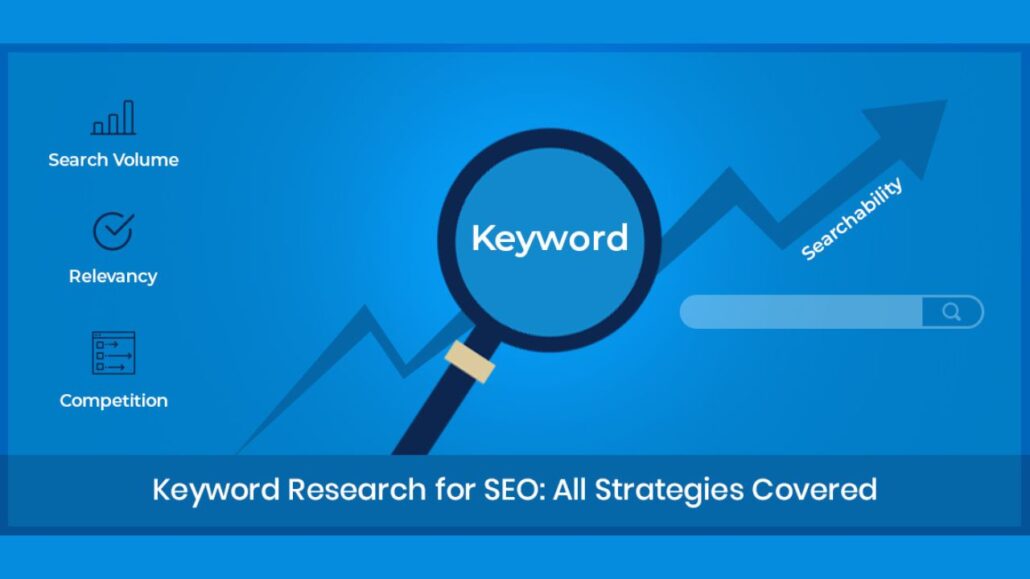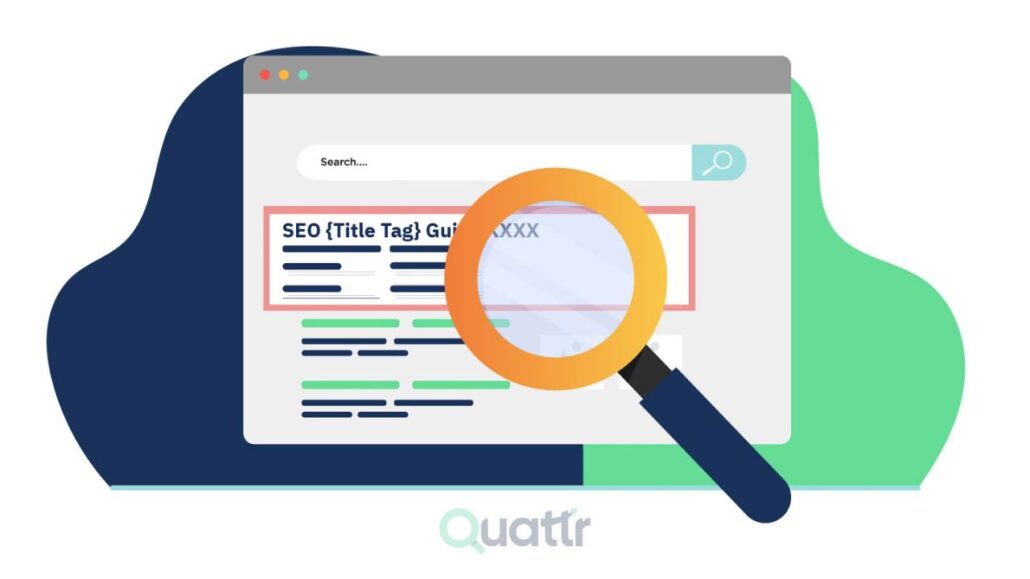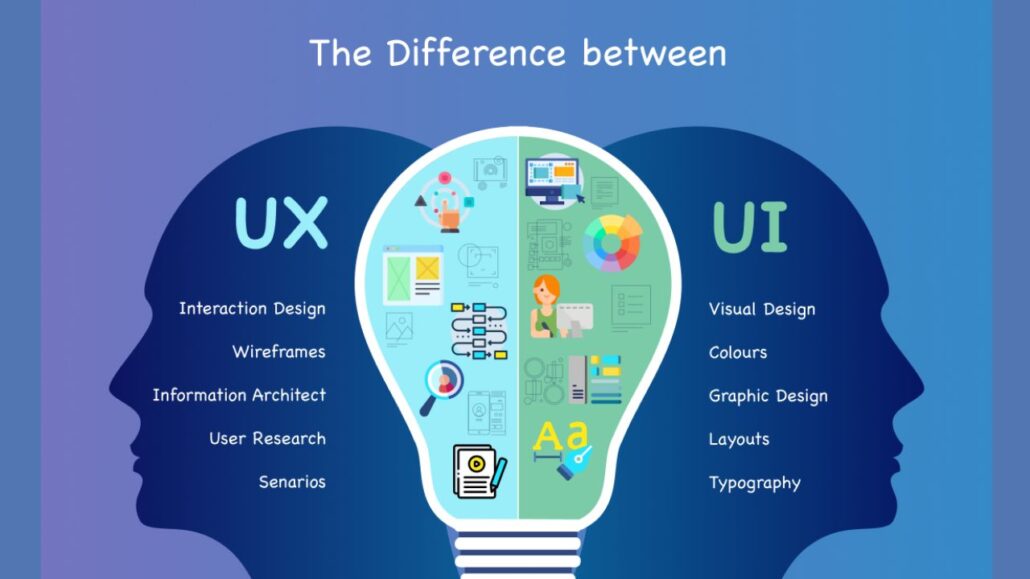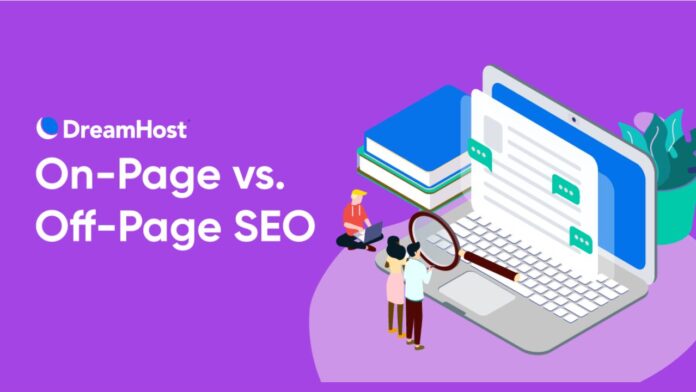The main point in the keyword “On-Page SEO for Blogs: Increasing Organic Traffic” is optimizing blog content to boost organic web traffic.
In the digital landscape, where competition is fierce, small niche websites often need help to make their mark. While it may seem daunting, implementing effective on-page SEO strategies can significantly boost your small niche website‘s visibility and organic traffic.
In this article, we’ll delve into the world of on-page SEO and explore how you can optimize your small niche website for search engines.
What is On-Page SEO?
On-page SEO, or on-site SEO, refers to optimizing individual web pages to improve search engine rankings and attract more organic traffic. It involves various techniques and strategies to make your website more search engine-friendly.
The Importance of On-Page SEO for Small Niche Websites
For small niche websites, on-page SEO is a game-changer. It allows you to compete effectively with larger websites by focusing on your target audience’s unique needs and preferences. By optimizing your website’s on-page elements, you can increase your visibility in search engine results pages (SERPs) and drive valuable traffic to your site.
Keyword Research

Identifying Niche-Specific Keywords
One of the first steps in on-page SEO is keyword research. Identify keywords and phrases relevant to your niche that potential visitors will likely use when searching for information online. Tools like Google Keyword Planner and Ahrefs can be invaluable for this purpose.
Long-Tail Keywords: Your Secret Weapon
Remember to underestimate the power of long-tail keywords. These are longer and more specific keyword phrases that often have lower competition. They can help you target a highly relevant audience and improve your chances of ranking higher in search results.
High-Quality Content Creation

Crafting Engaging Niche Content
In terms of SEO, content reigns supreme. Create informative, engaging, and valuable content that resonates with your niche audience. Regularly update your website with fresh content to keep your visitors coming back for more.
The Power of Visuals and Multimedia
Incorporate visuals like images, infographics, and videos into your content. Visual elements enhance the user experience and provide optimization opportunities, such as adding alt text to images.
Page Title Optimization

Crafting SEO-Friendly Page Titles
Your page titles should be concise descriptive, and include your target keywords. A well-optimized page title can entice users to click on your link in the search results.
Incorporating Keywords
Integrate your chosen keywords naturally into your page titles and content. Avoid keyword stuffing, as it can harm your SEO efforts.
Meta Description Magic
Writing Compelling Meta Descriptions
Craft meta descriptions that provide a brief and compelling overview of your page’s content. A well-crafted meta description can improve click-through rates and drive more traffic to your site.
Encouraging Click-Through Rates
Your meta description should encourage users to click on your link. Use persuasive language and highlight the benefits of visiting your page.
Header Tags and Hierarchy
Enhancing Readability and SEO
Headers make your content more scannable for readers and play a crucial role in SEO. Include relevant keywords in your titles to signal the topic of each section.
Internal Linking
Connecting Relevant Pages
Internal linking helps distribute link juice (SEO value) across your website and guides visitors to related content. Ensure that your internal links are contextually relevant.
Distributing Link Juice
By linking to other pages within your website, you can boost the SEO of less visible pages and improve the overall authority of your domain.
Mobile-Friendly Design
The Importance of Mobile Optimization
With most web traffic from mobile devices, a mobile-friendly design is non-negotiable. Google also takes into account mobile friendliness when determining rankings.
Responsive Design Tips
Implement responsive design principles to ensure your website adapts seamlessly to different screen sizes and devices.
Page Speed Optimization
Why Page Speed Matters
Page speed is a critical factor in both user experience and SEO. Slow-loading pages can lead to high bounce rates and lower search engine rankings.
Reducing Load Times
Optimize your website’s load times by compressing images, minimizing server requests, and leveraging browser caching.
Image Optimization
Compressing and Scaling Images
Large image files may slow your website’s loading speed. Compress and scale images appropriately to balance visual quality and load time.
Alt Text for SEO and Accessibility
Add elaborative alt text to your images to increase accessibility for those with vision impairments and provide search engines context.
Schema Markup
Structured Data for Enhanced Visibility
Implement schema markup to provide search engines with structured data about your content. This can result in rich snippets in search results, enhancing click-through rates.
Types of Schema Markup
Explore various types of schema markup, such as article, review, and FAQ schemas, to make your content more informative in search results.
User Experience (UX)

Navigational Clarity
Ensure your website is easy to navigate, with clear menus and a logical structure.
On-Page Optimization for Niche Sites
On-page optimization is the foundation of SEO for small niche websites. Discover how to fine-tune your content, meta tags, and user experience to make your site more search engine-friendly and user-centric.
SEO Tips for Small Websites
Uncover essential SEO tips explicitly tailored for small websites, from keyword research to technical optimizations, ensuring your niche site can compete effectively in the digital landscape.
Niche Website On-Page SEO Strategies
Explore advanced on-page SEO strategies customized for niche websites. Learn how to leverage long-tail keywords, create compelling content, and optimize your site’s structure for maximum search engine visibility.
Small Website SEO Best Practices
Discover the tried-and-true best practices that can help small websites punch above their weight in search results. From mobile-friendliness to schema markup, we’ll cover it all.
Niche Site On-Page Ranking Factors
Delve into the critical on-page ranking factors that impact niche websites. Explore how content quality, internal linking, and user experience can make or break your site’s SEO performance.
SEO Techniques for Small Niche Websites
Get a comprehensive overview of effective SEO techniques tailored to small niche websites. These techniques will elevate your site’s SEO game from image optimization to content pruning.
On-Page SEO Checklist for Niche Sites
Access a detailed on-page SEO checklist designed exclusively for niche websites. Ensure you’ve covered every optimization aspect, leaving no room for missed opportunities.
Boosting Rankings for Small Niche Websites
Discover actionable strategies for boosting your niche website’s rankings. From optimizing site speed to creating niche-specific landing pages, these tactics will propel your site upward in search results.
Niche Website Content Optimization
Content is king, even for niche websites. Learn how to optimize your content strategy, from keyword research to creating engaging, informative, and shareable content that resonates with your target audience.
What is SEO?
The main point of SEO is to understand Search Engine Optimization, a digital marketing strategy to improve a website’s visibility and rankings on search engines.
On-Page SEO Checklist
On-page SEO refers to optimizing individual web pages to improve search engine rankings and attract organic traffic. Here is a checklist of key on-page SEO elements:
- Keyword Research: Identify relevant keywords for your content.
- Title Tags: Craft descriptive and keyword-rich title tags for each page.
- Meta Descriptions: Write compelling meta descriptions that encourage clicks.
- Header Tags: Structure your content using H1, H2, and H3 tags.
- Keyword Placement: Incorporate keywords naturally within the content.
- High-Quality Content: Ensure your content is informative, engaging, and valuable.
- Image Optimization: Optimize image file names and alt tags.
- Internal Linking: Include internal links in your text that are pertinent.
- External Linking: Link to authoritative external sources when appropriate.
- Mobile Optimization: Ensure your site is mobile-friendly.
- Page Speed: Optimize page load times for a better user experience.
- URL Structure: Use descriptive and user-friendly URLs.
- SSL Certificate: Secure your website with HTTPS.
- Schema Markup: Implement structured data to enhance search results.
- XML Sitemap: Make and submit an XML sitemap to search engines.
- User Experience: Enhance user navigation and readability.
- Social Sharing: Encourage social media sharing of your content.
On-Page SEO Factors
On-page SEO factors are specific elements that influence a page’s search engine ranking. Some of these factors include:
- Content Quality: High-quality, relevant, and original content is crucial.
- Keyword Optimization: Proper keyword usage in titles, headings, and content.
- Meta Tags: Title tags, meta descriptions, and meta keywords.
- HTML Elements: Proper use of header tags (H1, H2, etc.) and image alt attributes.
- URL Structure: SEO-friendly and descriptive URLs.
- Mobile Optimization: Mobile-responsive design and fast loading times.
- Internal Linking: Relevant and well-structured internal links.
- External Linking: Quality outbound links to authoritative sources.
- User Experience: Easy navigation, clear layout, and fast load times.
- Page Speed: Fast loading times for a better user experience.
- Structured Data: Schema markup for enhanced search results.
- Social Signals: Social media presence and sharing of content.
Niche in SEO
In SEO, a niche refers to a specific industry, topic, or market segment that businesses or website owners target with their optimization efforts. Furthermore, SEO specialists often focus on niche markets to improve their chances of ranking well in search results.
Specifically, niche SEO involves tailoring content, keywords, and strategies to meet the unique needs and preferences of a particular audience or industry.
SEO Niche Finder Tool
An SEO niche finder tool is a software or online application designed to help website owners and SEO professionals identify profitable niches and target keywords. Moreover, these tools typically provide data on keyword competitiveness, search volume, trends, and related keywords.
Additionally, some popular SEO niche finder tools include Ahrefs, SEMrush, Moz, and Google Keyword Planner. Furthermore, these tools can be invaluable for conducting keyword research and selecting the most effective keywords for SEO campaigns in specific niches.
Conclusion
The Road to SEO Success for Small Niche Websites
Now, let’s dive into these sections to understand how to optimize your small niche website effectively.
FAQ
How to do SEO for a Tiny Website?
Focus on targeted keywords, optimize meta tags, and build quality backlinks.
Can On-page SEO Help a Site Rank?
Yes, on-page SEO is crucial for improving a search engine ranking.
How Do You Hit a Niche Market by Using SEO?
Research niche-specific keywords and create content tailored to your niche audience.
Can We Do SEO for a Single-Page Website?
Yes, you can optimize a single-page website for SEO, but it may have limitations.
What is the Minimum Content for SEO?
Aim for at least 300-500 words of relevant content per page.
How do I Rank My Small Website on Google?
To optimize on-page SEO, firstly, create valuable content, and subsequently, build authoritative backlinks.
How do I Increase my Google Visibility?
Improve SEO, create fresh content, and engage in social media and online marketing.
How do I Rank My Website Locally?
To improve your online visibility, you should use local SEO strategies. Additionally, claim your Google My Business listing, and then gather local reviews to enhance your online reputation.
Why do I Rank so Low on Google?
Low rankings can result from poor SEO; additionally, high competition or a lack of quality content and backlinks may also contribute to this issue.



